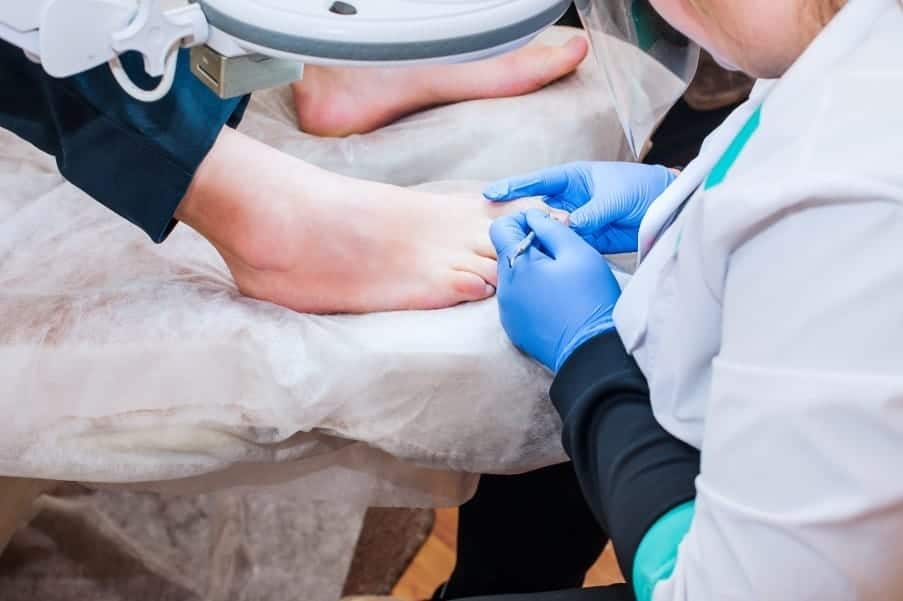Did you know the average person walks 100,000 miles over a lifetime? No wonder foot problems should cost the U.S. $3.5 billion in health care costs every year.
The excellent news is podiatrists can help. Podiatrists are doctors who specialize in problems of the foot and ankle.
If you're dealing with a foot problem, you may wonder, does Medicare cover podiatry? Today, we're answering that question and more in this
Ready to finally get the care you need to get back on your feet? Then keep reading for everything you need to know about podiatry, routine foot care, and what Medicare covers.
Does Medicare Cover Podiatry?
The first thing to understand about Medicare and podiatry is the difference between podiatry and routine foot care.
Podiatry requires a specialized physician to perform medical foot care. Meanwhile, routine foot care includes filing down calluses, treating flat feet, and clipping nails.
Medicare tends to cover medically necessary treatments performed by a specialist. Medicare only covers routine foot care in some instances.
Medicare Coverage For Routine Foot Care
Routine foot care you receive unrelated to an underlying foot condition is routine care. Medicare does not cover most types of routine foot care.
Medicare may cover the care if routine foot care is a part of managing or treating a medically necessary foot condition. However, a podiatrist must perform the treatment in both in-patient and out-patient settings.
Medicare Coverage For Podiatric Care
You can receive in-patient and out-patient podiatric care coverage under Medicare Part A and Part B, respectively.
You must see a physician at a Medicare-approved healthcare facility for the former. If you choose to visit a specialist's office or receive care in your home, Medicare Part B will cover the care.
Medicare Part B provides coverage for:
- Diabetes-related nerve damage
- Foot injuries
- Foot diseases, including hammertoe, bunion deformities, and heel spurs
Remember that your doctor must deem any outpatient podiatric services medically necessary to qualify for Part B Medicare coverage. You must also have seen a doctor at least six months before your first podiatric treatment and have documents to prove it.
Once you submit the required documentation, Medicare Part B will cover any foot exams and treatments you need.
You'll pay 20% coinsurance once you meet your Medicare Part B deductible for in-patient treatments. Out-patient treatments like those in a doctor's office or at your home will also require a copay.
So, does Medicare cover podiatry? The answer to this question depends on defining podiatry correctly.
Medicare covers medically necessary treatments for foot injuries, diseases, and nerve damage related to a diabetes diagnosis. Medicare doesn't cover routine foot care for bunions, flat feet, and other non-medically necessary foot services.
Now you should know if Medicare covers your foot condition, injury, or diabetes-related nerve damage.
Want to Contact an Agent about Medicare?
If you qualify for Medicare but don't know where to start, we have licensed insurance agents ready to answer your questions and help you enroll in Medicare Advantage, Medicare Supplement Insurance, and Prescription Part D plans.




